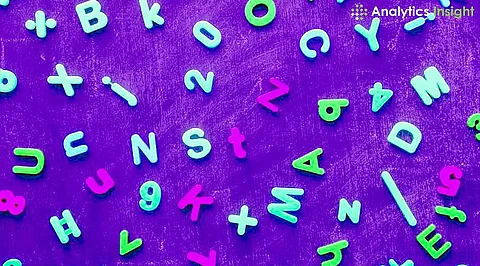

Spoilers ahead! Probe ahead when hints are essential or when answers stand as the sole solution path. Today's NYT 'Connections' puzzle arrives with a challenge that has caused players to face considerable difficulty. Breaking clues into patterns simplifies the solving process for players. Today's puzzle number #632 requires the given hints and answers to offer guidance.
Multiple terms which combine into an explanation of physical tissue attributes.
This collection consists of labels associated with typical head items.
A single legendary author penned all the famous fictional characters featured in this puzzle.
Words function as the second element of famous sayings when combined with the five-letter noun.
Devote several seconds to analyze the offered hints. The solutions lie precisely below if an independent puzzle solution appears out of reach.
ADJECTIVES FOR NICE SKIN: DEWY, FRESH, GLOWING, SMOOTH
The state of hair varies between mat, mop, tangled and thatch.
The Writer Charles Dickens Created BUCKET, PIP, SCROOGE and TWIST as Fictional Characters.
The Following Chain Consists of DAISY and FOOD and MOUNTAIN and SUPPLY.
The sequences within every group show a distinct organizational system.
The initial grouping contains words which commonly appear in beauty discussion regarding skin condition.
The second pattern looks at expressions used to identify thick as well as disheveled hair texture.
Three characters in Charles Dickens' writings create the third group.
The last group contains pairings created by combining “chain” with familiar phrases.
NYT Connections exposes its players to daily mental tests through a combination of linked thoughts and sequential words. To solve a puzzle the player needs to identify the relationship that connects four word groups because this task requires focused reasoning abilities. Word puzzle enthusiasts have made The New York Times game one of their top favorite diversion.
The success of 'Connections' derives from combining language mastery with rational thinking. The crossword puzzle approach of providing definitions proves different from 'Connections' since it demands users to analyze hidden connections between words with no clear connection. The mental exercise demonstrates its value by improving mental performance.
Solving NYT Connections word puzzles provides an excellent opportunity to improve vocabulary skills while enhancing memory ability and developing critical thinking abilities. Brain-training games demonstrate their ability to maintain mental acuity which leads to diminished cognitive deterioration according to research findings. Puzzles fans find completion of 'Connections' tasks rewarding and this activity stimulates their imaginative abilities.
These puzzles incorporate significant elements of social engagement which must be considered. Across online communities people exchange thoughts about challenging puzzles while together they figure out relationships between words and post conclusions through digital platforms. Players develop an active social group through shared participation that celebrates their common experience of solving daily word group puzzles.
The March 4 puzzle incorporated literary elements together with beauty terminology and word riddles in its complex design. A few parts of the puzzle solution were basic to solve but many others entailed extensive thought processes. Playing the daily puzzles helps people enhance their ability to identify patterns while teaching them new words so they gain educational value through entertaining gameplay.
The upcoming daily puzzle may pose different challenges to anyone who struggled with today's puzzle. The arrival of each puzzle serves to boost your problem-solving capabilities as well as provide entertaining wordplay entertainment. Keep watching for the following NYT 'Connections' hints which will be accompanied by their solutions.
